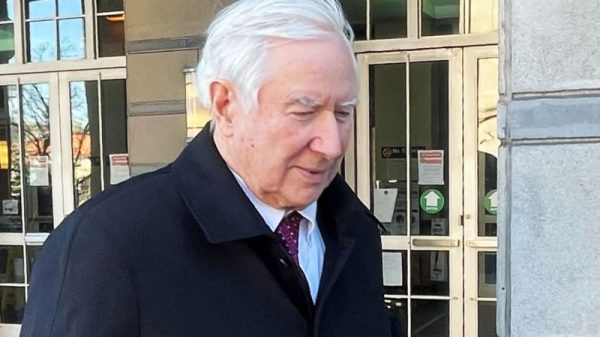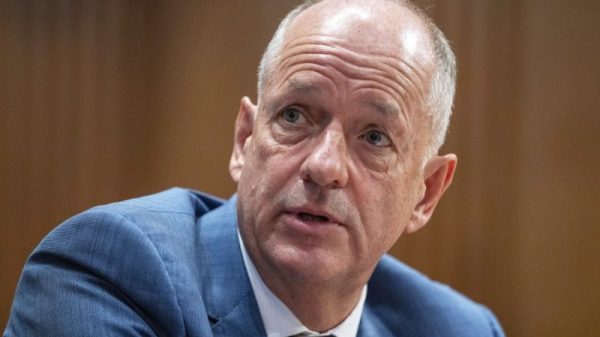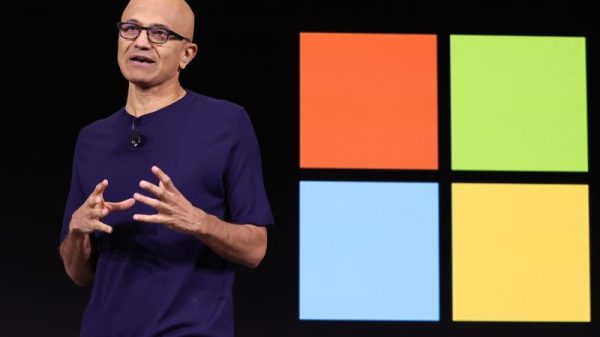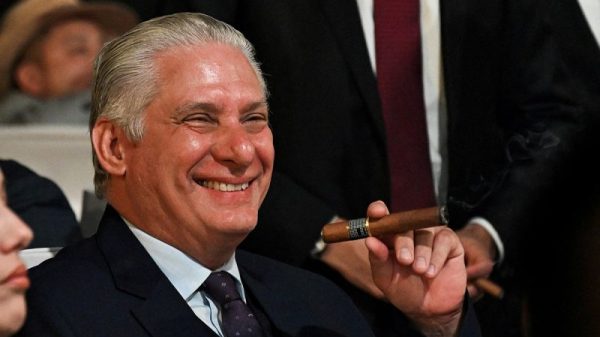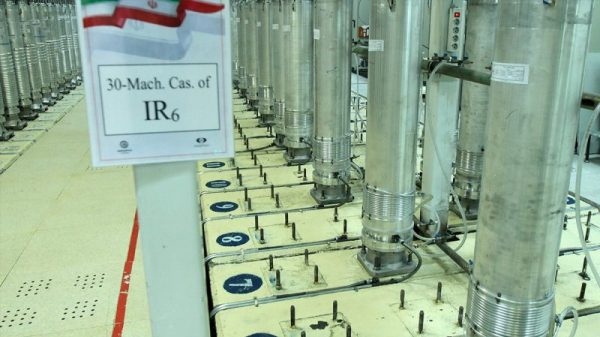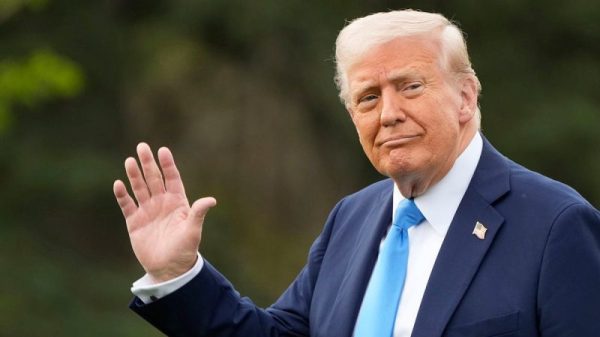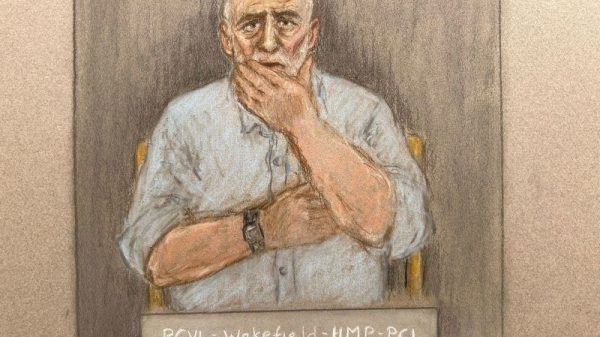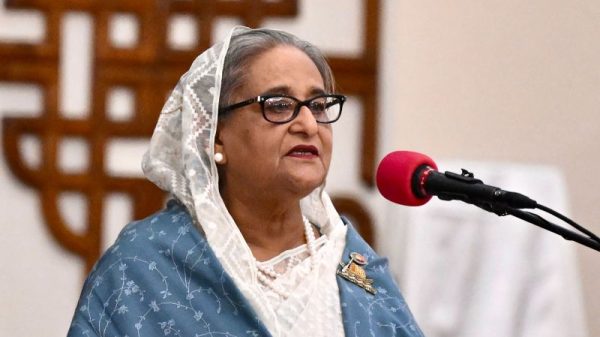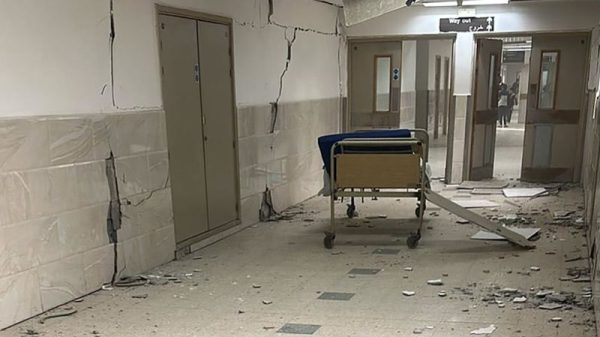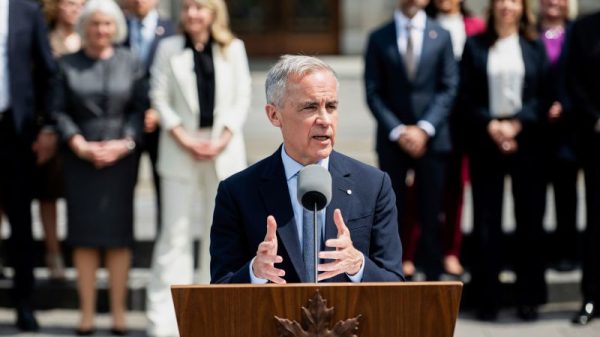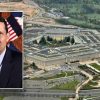A decade after hundreds of Egyptians were killed in a single day when security forces dispersed a sit-in protest in Cairo, a new report released by a human rights group to coincide with the anniversary of the massacre has claimed that authorities debated but ultimately rejected potentially less lethal options to break up the demonstration.
Egypt witnessed one of its bloodiest days on August 14, 2013, when security forces used automatic weapons, armored personnel carriers and bulldozers to crush a sit-in demonstration in Cairo’s Rabaa Al-Adawya Square, where thousands of Egyptians had gathered for weeks to protest the military’s removal of democratically-elected President Mohamed Morsy.
Official accounts put the death toll at around 600 people, including several members of the security forces. Human rights groups believe the true toll was even higher. Protesters accused the state of carrying out a mass slaughter; authorities claimed heavily armed demonstrators had attacked police.
In the wake of the bloodshed, a national committee was established to investigate the protests, including the dispersal of protesters and its deadly outcomes. The panel published a 57-page executive summary of their findings in 2014, of which only seven pages addressed the Rabaa dispersal.
The full report was handed to Abdel Fattah el-Sisi, the former general who ousted Morsy before becoming president himself. Since then, Sisi’s government has not released the file.
In a report published Monday, the Egyptian Initiative for Personal Rights (EIPR), a prominent human rights group, said it had obtained the full text of the investigation, which it says runs to more than 700 pages, and released what it said are key details omitted in the summary published nine years ago. EIPR said in its report that it had obtained the text “from a reliable source on condition of anonymity.”
Among the details is that the security forces considered multiple options on how to clear the sit-in, before ultimately opting for the use of deadly force, according to EIPR.
While the 2014 summary included one line saying the government had “alternatives before it,” it did not specify what those alternatives were or elaborate on debate among security forces about what to do.
The significance of the full text of the investigation, said Hossam Bahgat, executive director of EIPR, is that it includes “transcripts of witness testimonies” that show how officials decided to disperse the protest.
EIPR’s report cites testimony it says was given to the investigative committee by Maj. Gen. Medhat Al-Minshawi, who headed the dispersal operation and later became Assistant Minister of Interior for Central Security Forces.
Al-Minshawi told the committee that authorities had discussed less lethal options to clear the sit-in, including cutting off water and electricity and “opening the sewage,” as well as besieging the square to prevent food supplies from reaching protesters, according to the report.
But the authorities decided that these options would have taken longer to end the protests and would have “inconvenienced residents in the area,” Al-Minshawi said, according to the report.
Al-Minshawi told local media in 2020 that the plan had been to peacefully disperse the demonstration until the protesters began attacking security forces, but made no mention of the debate within the security forces about other options that are detailed in the EIPR report.
“The government was torn between dispersing the gathering at any cost in a short period of time, or dispersing it at a lower cost but over a longer period of time,” the investigation report said, according to EIPR.
“The government has opted for the first option, as the leaders in the sit-in had gone beyond that which is fathomable or appropriate,” the report added.
According to EIPR’s report, investigators at the time also said that the “Egyptian administration was also wrong in its policy of dispersing the gathering.”
The details in the EIPR report also contradict the 2014 summary, which said that the sit-in was “not peaceful neither before nor during the dispersal,” even if “it started as such.”
“The larger number of Rabaa victims were innocent civilians who were most likely peaceful demonstrators,” the EIPR report said, quoting the investigation. “Those who took up arms and terrorized the citizens managed to escape from Rabaa Square.”
According to EIPR, the report also says security forces used live ammunition in an “indiscriminate and inappropriate” manner, and that there was “no safe corridor” allowing the exit of those who wished to safely leave the square amid the dispersal.
The executive summary released in 2014 said that when security forces arrived at the square on August 14 at 6 a.m. local time, protesters began firing live ammunition and throwing Molotov cocktails and stones, injuring members of its forces. Police “incrementally used alarms and tear gas, and did not resort to live ammunition until after several of its (security forces) members were killed and injured,” the summary said.
The search for accountability
A decade later, no members of Egypt’s security forces have been tried, even though the summary released in 2014 concluded that responsibility for the deaths fell on both the leaders of the sit-in and security forces. In 2018, however, an Egyptian court handed down 75 death sentences at a mass trial for participation in protests following Morsy’s ouster. In 2021, Egypt’s appeals court upheld a dozen of those sentences.
Amnesty International on Monday described “a decade of shame” in Egypt, saying that “the 10-year anniversary of the Rabaa massacre is a stark reminder of how impunity for the mass killing of over 900 people has enabled an all-out assault on peaceful dissent, an erosion of any fair trial safeguards in the criminal justice system, and unspeakable cruelty in prisons over the past decade.”
“Egyptian authorities have failed for a decade to hold anyone accountable for the largest mass killing in Egypt’s modern history,” Human Rights Watch said in its own statement on Monday calling the dispersal “a likely crime against humanity.”
EIPR’s report notes that among the recommendations given to the presidency was that the file “must be reopened” and that both survivors and official witnesses needed to be summoned for a judicial investigation.
“This wound and all its victims need to be mended,” the EIPR report said, quoting the recommendations.
The file was never revisited. The head of the committee that compiled the findings, Fouad Abdel-Moneim Riad, said in 2019 that the report “was still confidential.” He died in 2020.
Asked about the anniversary of the massacre, a spokesperson for the UN secretary-general said in a Monday news conference that there was nothing to add beyond what was said by the UN at the time, but that “as a matter of rule, there always needs to be accountability.”
“We obviously have no reason to expect the current Egyptian administration to (re)open an investigation, because they haven’t for the last 10 years,” EIPR’s Bahgat said, adding that authorities have “shielded perpetrators” while prosecuting survivors.
The only two realistic options for accountability, Bahgat said, are either a change in political situation or for the case to be taken to an international court.
“These are crimes that are subject to universal jurisdiction in international courts around the world,” he said.







